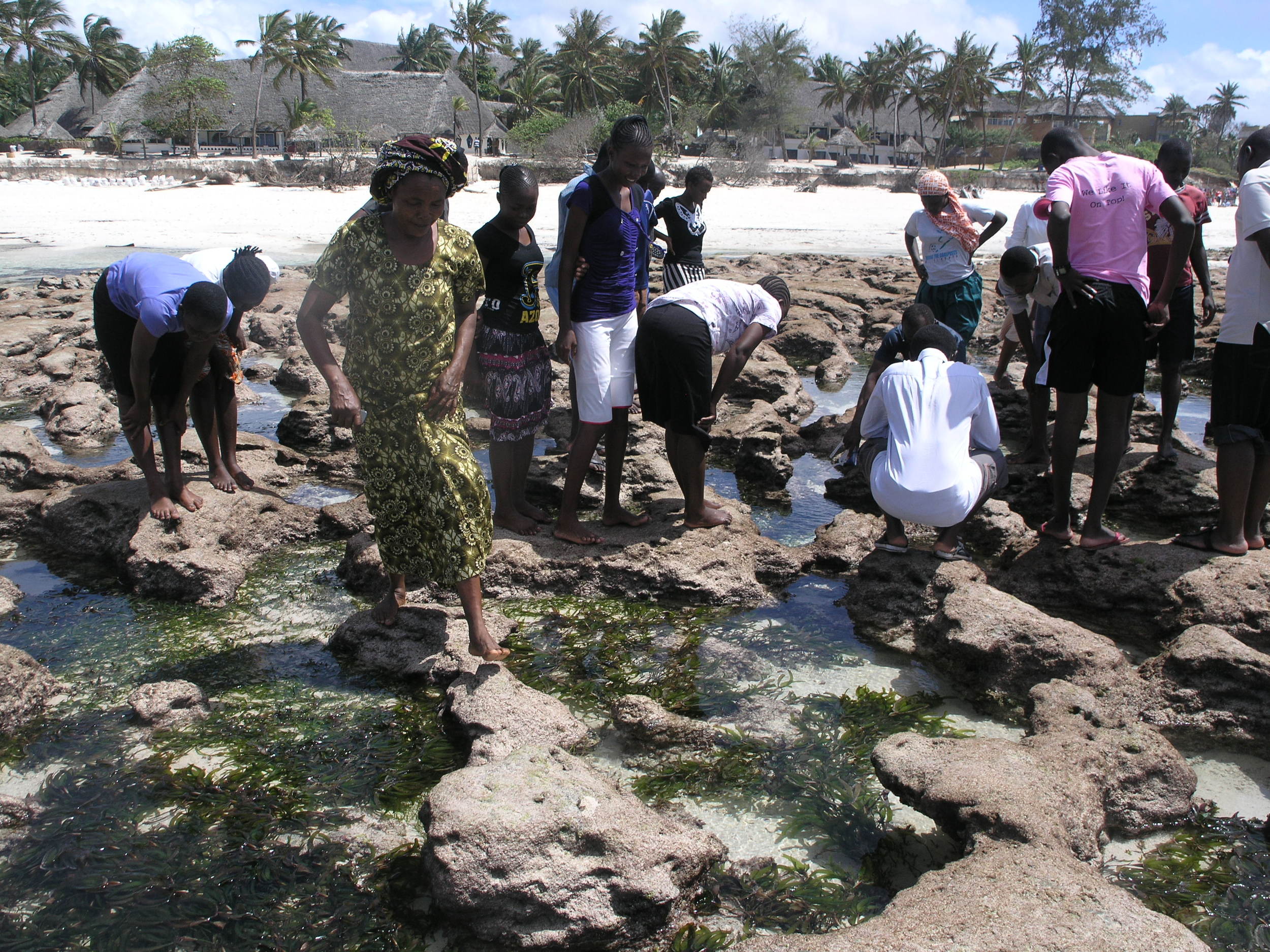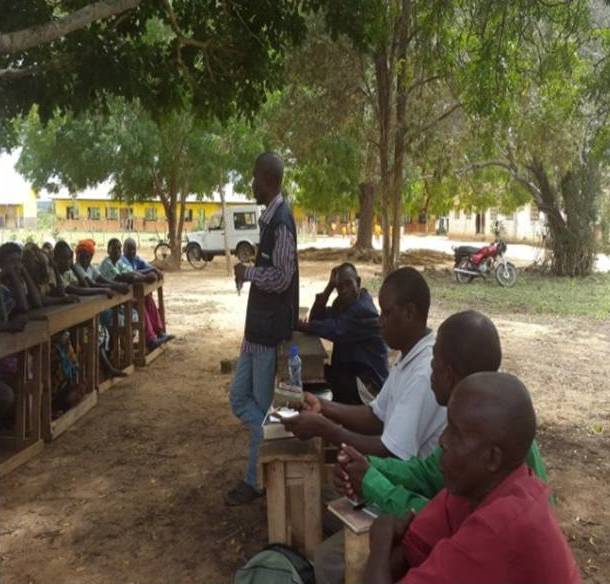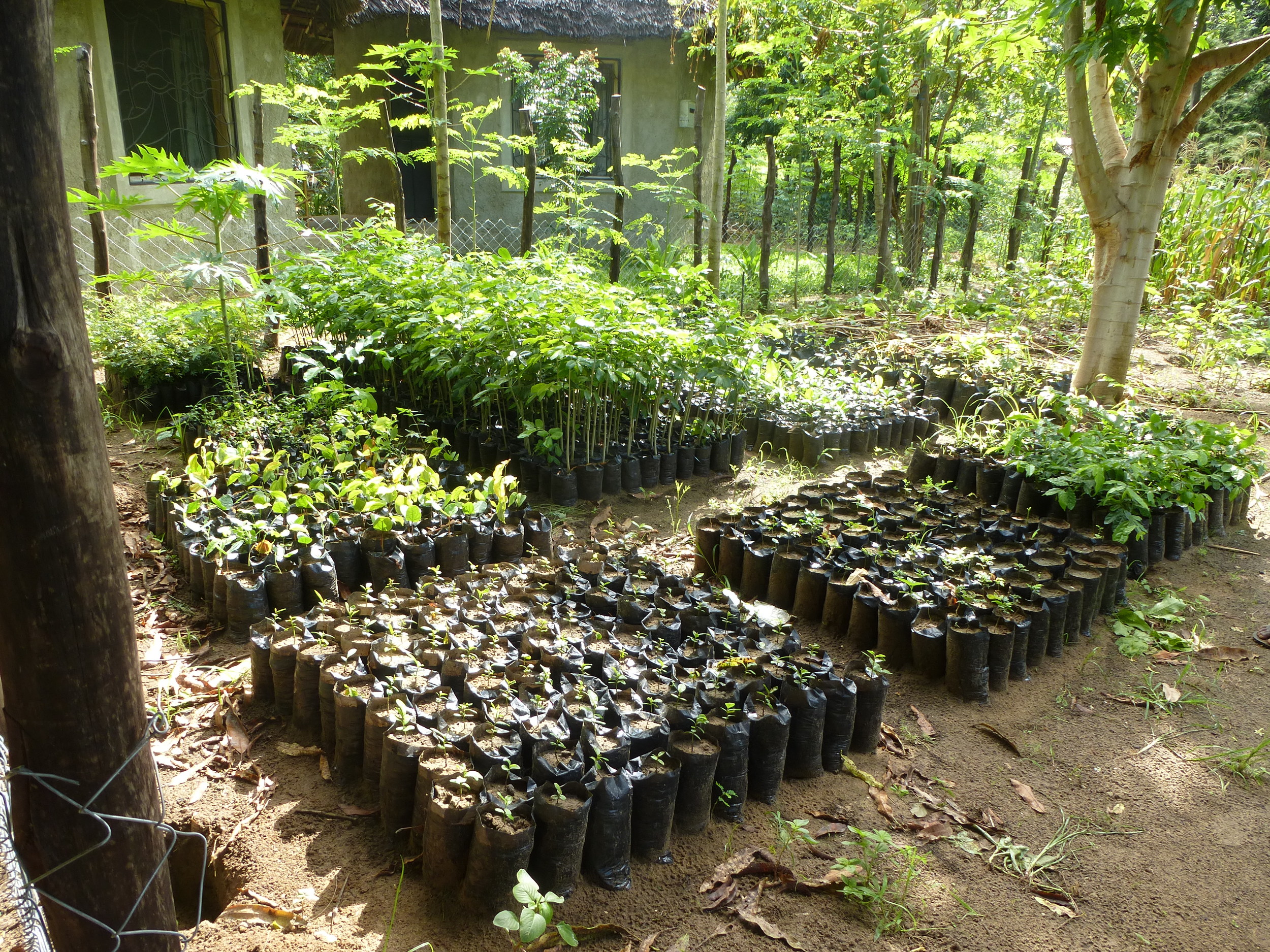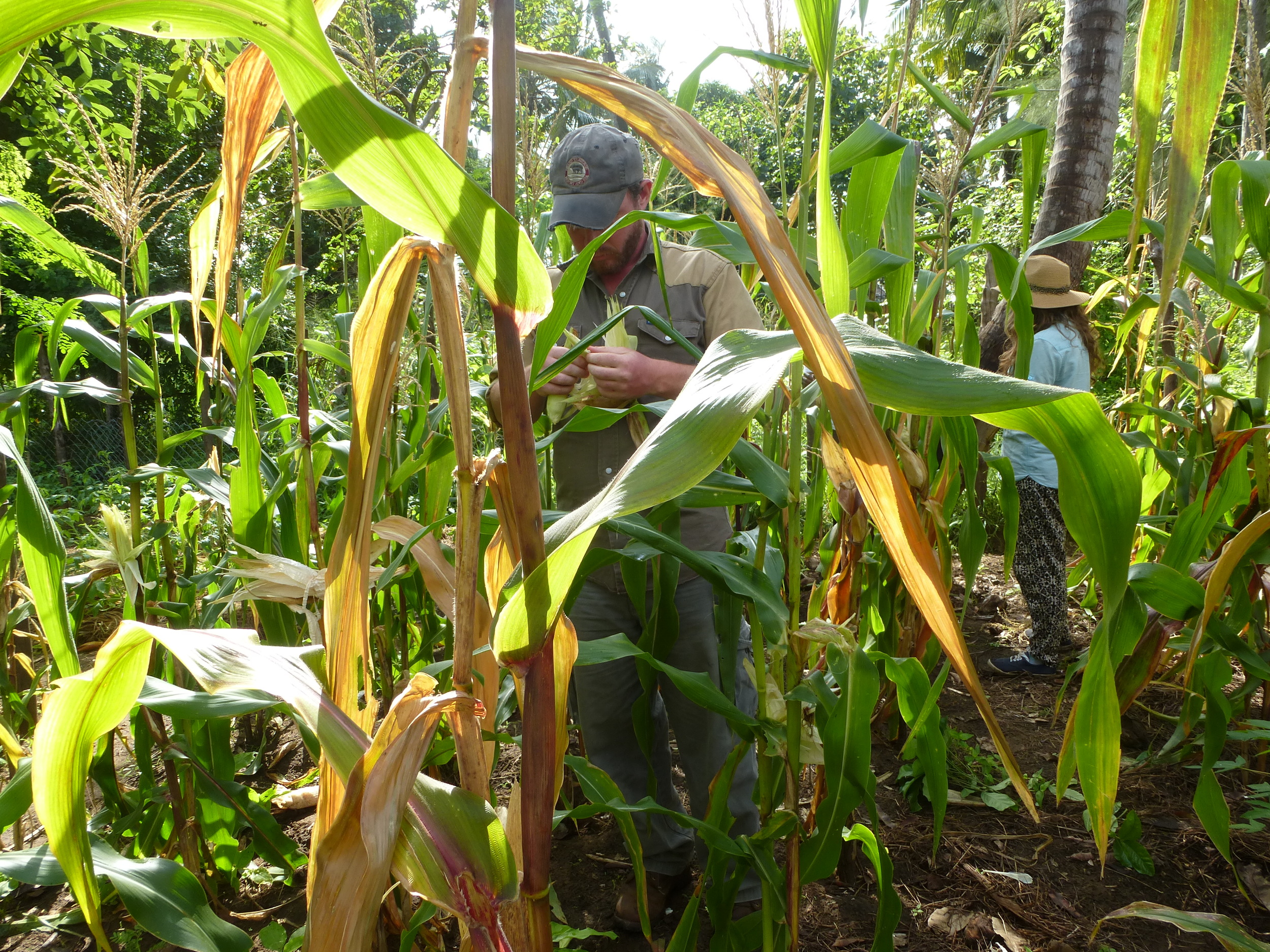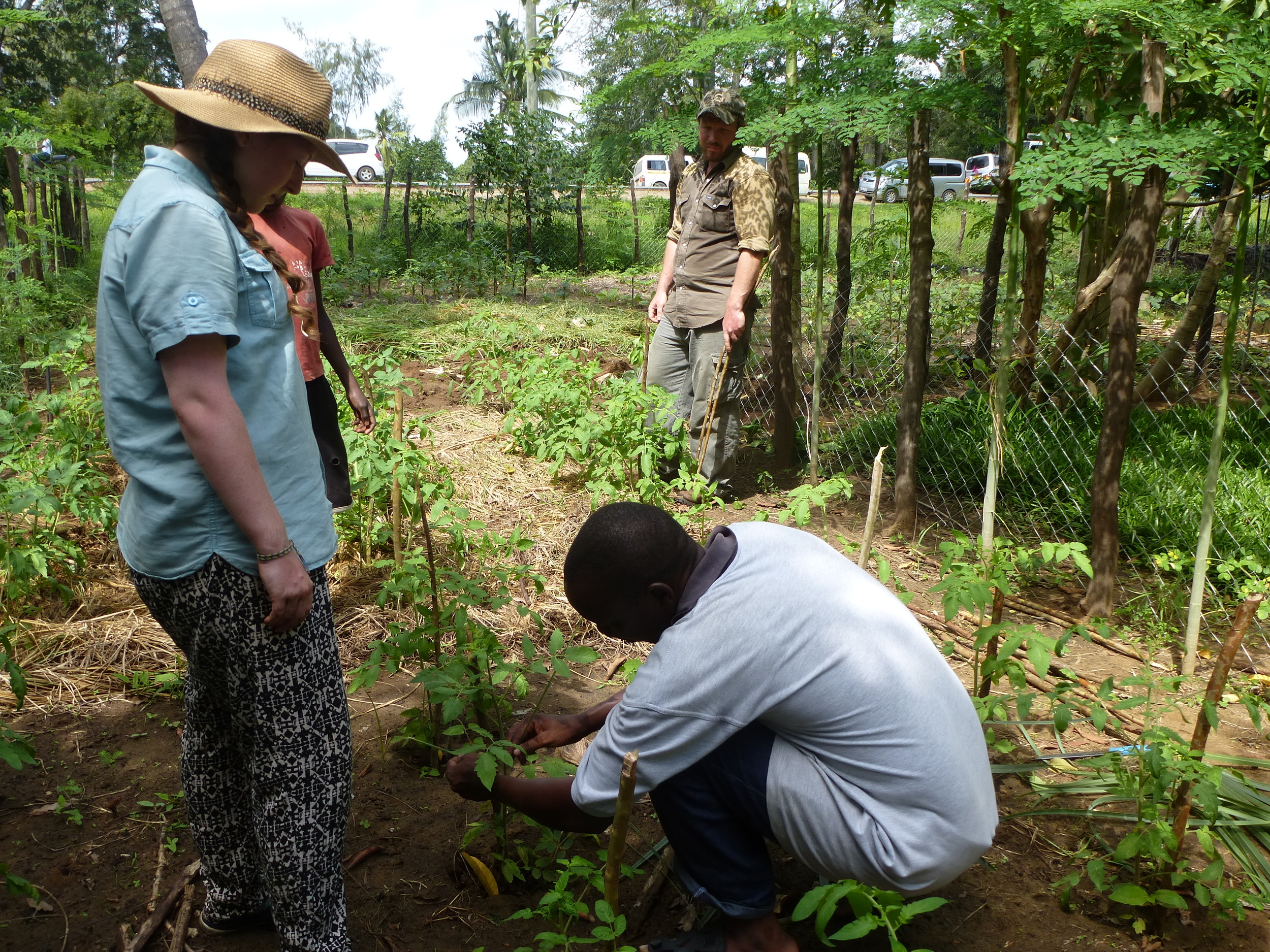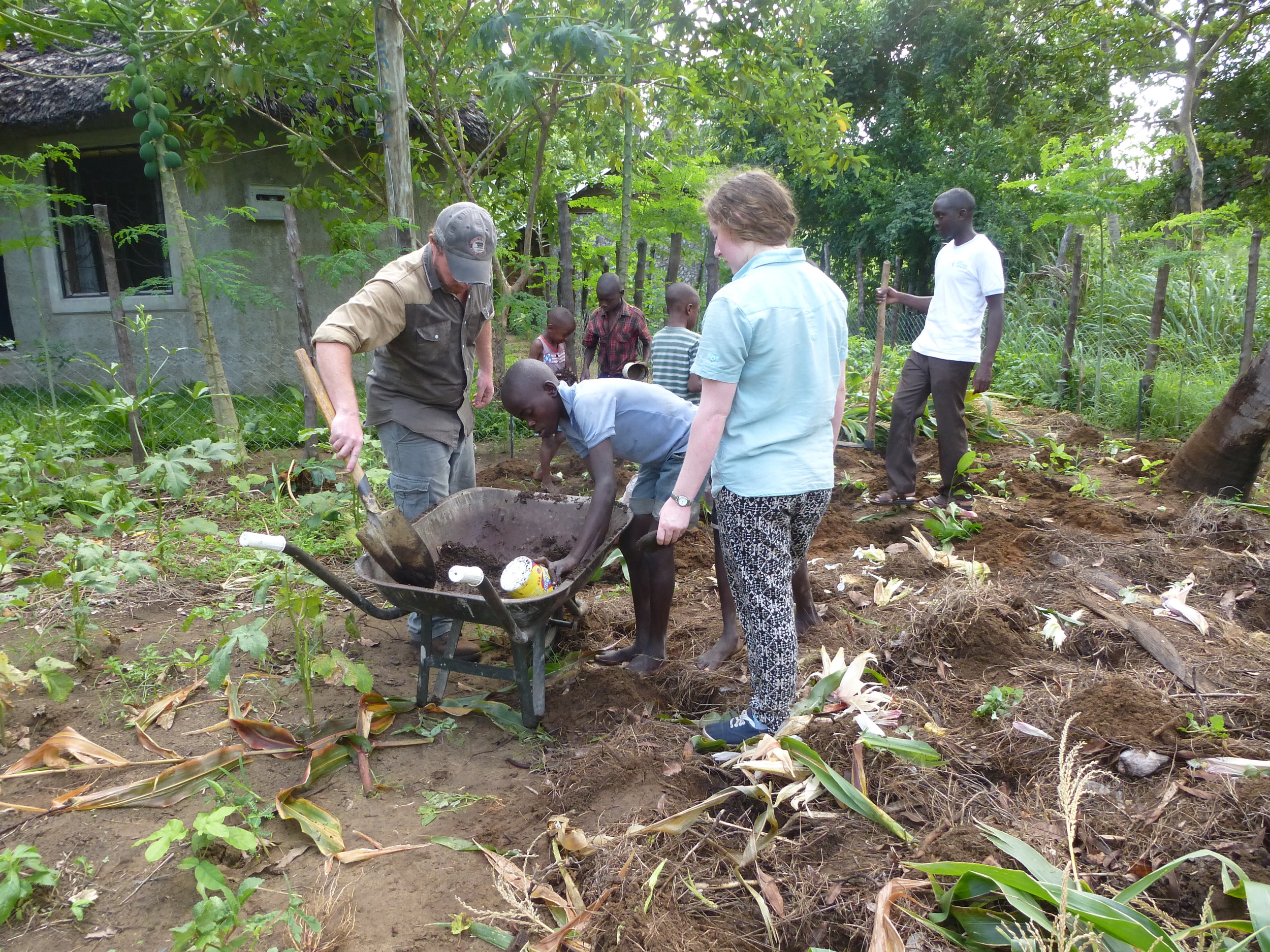Education (formal or informal) is the basis for all of life including Environmental matters. To increase environmental awareness and also improves ecological knowledge Environmental Education is important, so that we can know the actions to take to help improve the environment.This involves talking about it but also stepping out and doing it practically.
Serious environmental discussions by ASSETS beneficiaries
To this end A Rocha Kenya holds a week long, yearly camp for the ASSETS beneficiaries and their parents. This years’ attendants covered climate change through a demonstration activity on anthropogenic global warming and sustainable forest use discussions with the beneficiaries who represent a fraction of the local children and youth.Over 100 students were engaged in environmental education.
The students managed to explore local uses of the forest through group discussions and presentations which led to a conclusion that uses such as charcoal burning, wood carving, and poaching are not beneficial to the entire community making them unsustainable.
Actions Points
As a result of the discussions and explanation on sustainable forest uses, the beneficiaries pledged to undertake projects that would promote conservation such as; planting woodlots, creating awareness and starting tree nurseries.
A girl from Bogamachuko plans to educate others about their projects one which involves making home-made charcoal (Briquettes) while several others look forward to starting and rejuvenating environmental clubs in their schools.
True or False
Mida Creek is a fresh water lake! -This is of course false but from the True or False game, most learners did not know what it is. Through a fun game of stepping forward (true) or back (false), the group was able to understand what Mida Creek is and its relevance.
On a lighter moment, in one of the sessions, varying views on whether man is more important than the rest of biodiversity. One representing the group that said ‘YES’ argued that humans are more important because they can read and write to which the group saying ‘NO’ countered by citing the fact that bacteria can fix nitrogen but humans cannot !
Climate change and global warming, though short and simplified, reactions and questions especially from the parents showed that some are aware about it. They all agree that it has become hotter than past years and that the rain patterns have become erratic especially with the continued delay of the March-April-May long rains.
One parent asked whether the REDD+ project is available to locals showing that there is some local awareness. A larger group felt that local effort is too little to help in reducing the global temperatures which we responded by citing the fact that every drop of water can help extinguish a fire which means every little effort is very important because the earth is on fire.
Both lessons led to a marked agreement from both parents and children to continue conserving the forest and engaging with other locals on the same. In addition, they acknowledged the need to farm as taught through Farming God’s Way.

















